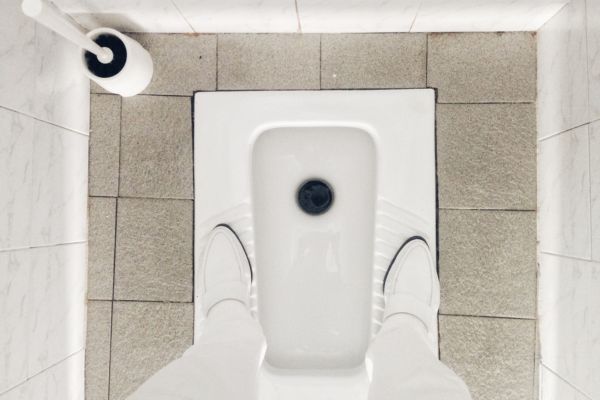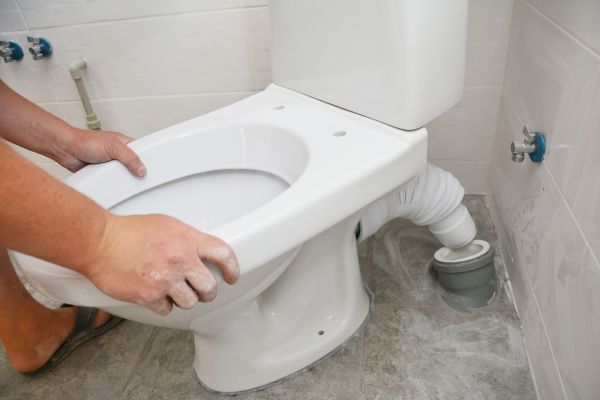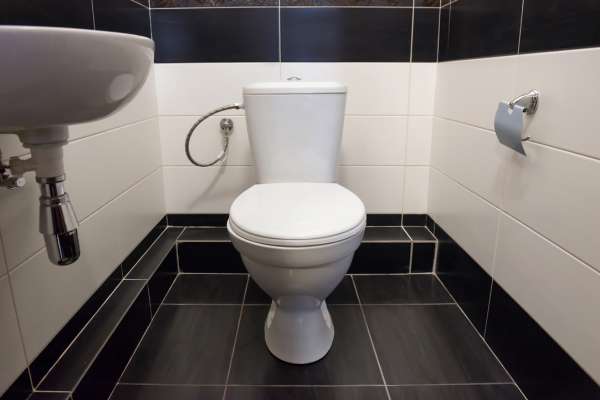The evolution of sanitation practices throughout human history has been a critical aspect of societal progress, and the invented of toilets stands as a pivotal milestone in this journey. The quest For efficient waste disposal and improved hygiene can be traced back to ancient civilizations, where rudimentary forms of toilets were utilized. However, the modern toilet, as we know It today, underwent significant transformations over the centuries. This article explores the fascinating history of toilet invention, spanning from early communal latrines to the development of sophisticated plumbing systems. Delving into The origins of toilets provides valuable insights into the intersection of technological innovation and the fundamental human need for sanitation.
When Did Flush Toilets Become Widespread?
The widespread adoption of flush toilets is a relatively recent phenomenon in the grand timeline of human history. The transition from rudimentary toilet structures to the prevalence of flush toilets began gaining momentum In the 19th century. Inventors such As Sir John Harington and Alexander Cumming played pivotal roles in this transformative period. Their innovations, including The introduction of the flush valve and the S-trap, laid the foundation for the development of the modern flush toilet. As sanitation awareness increased and urbanization progressed, flush toilets became more commonplace In homes and public spaces, significantly improving hygiene and waste management practices.
Did Ancient Civilizations Use Dedicated Toilets?
Turning our gaze back to ancient civilizations, the question arises: did they use dedicated toilets? While the concept of dedicated toilets, as we understand them today, might not have existed, archaeological evidence suggests that ancient civilizations did recognize the importance of basic sanitation. Structures resembling early forms of toilets have been discovered in places like Mesopotamia and the Indus Valley. These primitive toilet-like arrangements were often integrated into homes or communal spaces, underscoring the ancient societies’ understanding of the need for waste disposal and hygiene. Though not as advanced as modern flush toilets, these early systems laid the groundwork for the continuous evolution of sanitation practices across different cultures and time periods.
1. Early Forms Of Toilets

The origins of Luxurious Toilet Seats can be traced back to ancient civilizations, where early forms of these essential facilities emerged to address basic sanitation needs. In these early societies, communal latrines were often the norm, serving as shared spaces for waste disposal. Archaeological evidence from locations like ancient Mesopotamia and the Indus Valley reveals the existence of primitive toilet-like structures integrated into homes and public spaces. While these early forms lacked the sophistication of contemporary toilets, they reflected a fundamental understanding of the importance of waste management and maintaining cleanliness within communities.
2. The Invention Of The Flush Toilet

The invention of the flush toilet marked a significant leap forward in sanitation technology and the evolution of bathroom fixtures. This transformative development gained momentum in the 19th century with the contributions of inventors such As Sir John Harington and Alexander Cumming. Harington’s invention of the flush valve and Cumming’s introduction of the S-trap were pivotal innovations that laid the groundwork For the modern flush toilet. These inventions allowed for the efficient removal of waste with the use of water, enhancing both personal hygiene and public health. The widespread adoption of flush toilets occurred As urbanization progressed, revolutionizing the way societies managed and disposed of human waste.
3. Evolution Of Toilets In The 19th Century

The 19th century witnessed a remarkable evolution in toilet technology, marked by the transition from rudimentary waste disposal methods to more sophisticated systems. During this period, inventors like Sir John Harington and Alexander Cumming played crucial roles In developing the flush toilet, introducing concepts such as the flush valve and S-trap. These innovations allowed For more efficient and hygienic waste removal, laying the foundation For the widespread adoption of flush toilets. The 19th century marked a turning point In the quest for improved sanitation, setting the stage for further advancements In the decades to come.
4. Advancements In The 20th Century

The 20th century brought about significant advancements in toilet technology, driven by a growing emphasis on hygiene, convenience, and water conservation. Plumbing systems became more sophisticated, And the design of toilets evolved to incorporate features such as low-flush and dual-flush mechanisms. These innovations aimed not only To enhance user experience but also to address environmental concerns by reducing water consumption. Additionally, the widespread installation of indoor plumbing in homes further transformed the way societies approached sanitation, making toilets more accessible and integral To modern living.
5. Modern Toilet Innovations
In the contemporary era, toilet innovations continue to push the boundaries of functionality, sustainability, and user experience. Smart toilets equipped with sensor technology, bidet features, and self-cleaning mechanisms have become increasingly popular. These modern advancements not only prioritize hygiene but also cater to the demand for technologically integrated bathroom fixtures. Furthermore, ongoing efforts in eco-friendly design have led To the development of Is that use less water without compromising performance. The evolution of toilets in the 21st century reflects a commitment to meeting the diverse needs of users while addressing environmental concerns, ensuring that sanitation practices remain at the forefront of technological innovation.
6. Global Sanitation Challenges

Despite the advancements in toilet technology, global sanitation challenges persist, impacting communities worldwide. Access to proper sanitation facilities remains A pressing issue In many regions, leading to public health concerns and environmental degradation. The lack of adequate sanitation infrastructure contributes to the spread of waterborne diseases and poses challenges To maintaining hygiene. Addressing these global sanitation challenges requires not only technological innovation but also concerted efforts in infrastructure development, education, and policy implementation to ensure equitable access To sanitation facilities for all.
What Are The Origins Of Smart Toilets?
Smart toilets, equipped with cutting-edge technology, represent a recent evolution in bathroom fixtures. The origins of It can be traced to The convergence of technological advancements and the growing demand for enhanced user experiences. Initially developed In Japan in the 1980s, smart toilets gained popularity For their innovative features, including bidet functionality, seat warmers, and automated cleaning systems. These high-tech fixtures have since spread globally, offering users a blend of comfort, hygiene, and efficiency. The continuous development of It reflects A commitment to redefining The traditional bathroom experience through the integration of digital solutions.
Conclusion
The journey of toilets, from early communal latrines to the invention of the flush toilet and the emergence of smart technologies, reflects the ongoing commitment To improving sanitation and hygiene practices. While the 19th and 20th centuries marked significant milestones In toilet evolution, the 21st century continues to witness innovations that address contemporary challenges. As we celebrate the progress in toilet technology, It is crucial to recognize and address global sanitation challenges, ensuring that advancements benefit communities worldwide. The origins of smart toilets showcase The capacity of technology To enhance our daily lives, offering a glimpse into the future of sanitation where efficiency, sustainability, and accessibility are prioritized for the well-being of individuals and the planet.


